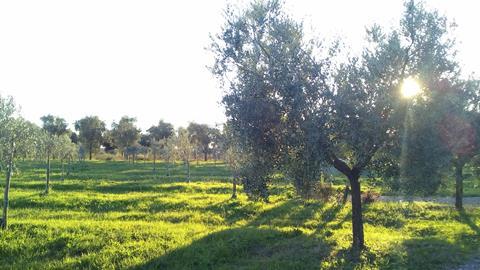
Shoppers are leaving the olive oil category as prices keep rising due to tight supply, Filippo Berio CEO Walter Zanre has warned.
The consumption of olive oil fell by 14.2% in the 52 weeks to 4 November 2023, according to NIQ.
Household penetration has also fallen from a high of 57.6% on 21 February 2021 to 48.5% on 3 September 2023, a drop of 4.5 percentage points in the last year.
“People are leaving the category,” said Zanre, “and the concern is that the consumption isn’t going to come back when the next big harvest happens.”
Consumption is falling at the same time as prices rise, he warned, with shelf-edge prices of olive oil up on average 47.4% in a year, from £5.41 per bottle to £7.86, according to The Grocer analysis of Assosia data.
Across 81 olive oil lines in the big four mults, as well as Waitrose, Aldi and Lidl, 79 cost more on 27 November 2023 than on the same date in 2022.
“I saw a [one-litre] bottle of Filippo Berio oil in the shop the other day for £12.50. If I put myself in the shoes of the consumer, I’m not sure I would spend £12.50,” Zanre said.
The own-label olive oil category has seen greater shrinkage than branded olive oil, with volumes down 23.2%, according to NIQ.
This is despite price hikes being slightly lower in own-label brands, with prices up an average of 40.3% in the year to 27 November from £4.44 to £6.09.
“Normal logic dictates shoppers trade down to private label when prices increase, however in olive oil the opposite has happened,” Zanre said, suggesting shoppers may be “reassured” by big-name brands when having to pay higher prices.
“Probably the consumers leaving the category are private label shoppers,” he added.
Olive oil has had a challenging two years after extreme drought conditions across the Mediterranean impacted production, which pushed wholesale prices to record highs before this year’s harvest.
Commodity prices reached highs of €8.50/kg for Spanish extra virgin olive oil in September, according to Mintec, before falling to €7.80/kg by 15 November – the lowest price since 5 July.
Italian extra virgin olive oil saw highs of €9.30/kg in September before falling to €8.10 as of 22 November.
This compounds last year’s harvest in both Italy and Spain, which yielded historically poor volumes compared to the previous years, as per the International Olive Council.
Spain produced just half of its normal quantity of oil in last year’s harvest, the IOC said.
Harvir Dhillon, economist at the British Retail Consortium, said: “Olive harvests have been badly affected by weather conditions in several Mediterranean countries, including Spain, where the UK gets most of its supply.
“This has reduced the supply of olive oil, increasing prices. Weaker exchange rates have further increased the cost of importing olive oil.”
Two years of bad harvest also mean there is little carry-over oil from last year, resulting in an even greater shortfall this year.
Industry sources estimate there was a 87,100 tonne shortfall globally in olive oil production versus consumption in the harvest year 2022/23. That figure is set to grow to 278,000 tonnes in this year’s harvest.
“The market is in a very tricky situation,” said Leonardo Regoli, director of oil trading at Salov, Filippo Berio’s parent company. “We know the global productivity for the new season most probably will be lower than the last.”
And an end to the olive oil industry’s woes may not be in sight – olive trees in Italy are not in the best position for a strong harvest in 2024, according to the company’s oil selector and blender, Filippo Manni.
“It’s very early to say, but for the moment the trees are not in the best condition,” he said, “the growth of the olive bud during this season was not very large.
“If you have a smaller olive bud growth, you have less chance of a good harvest.”







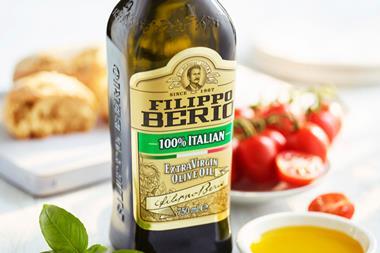
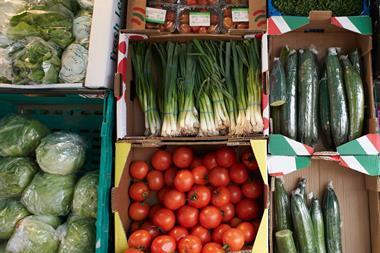


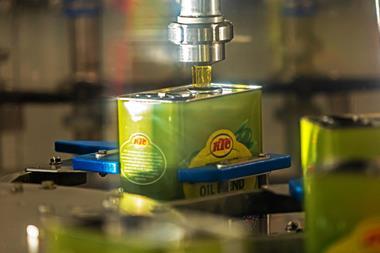

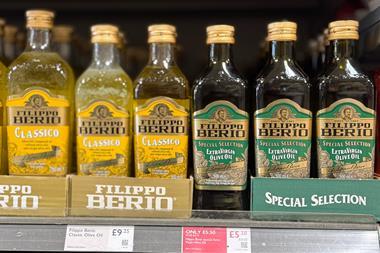





No comments yet